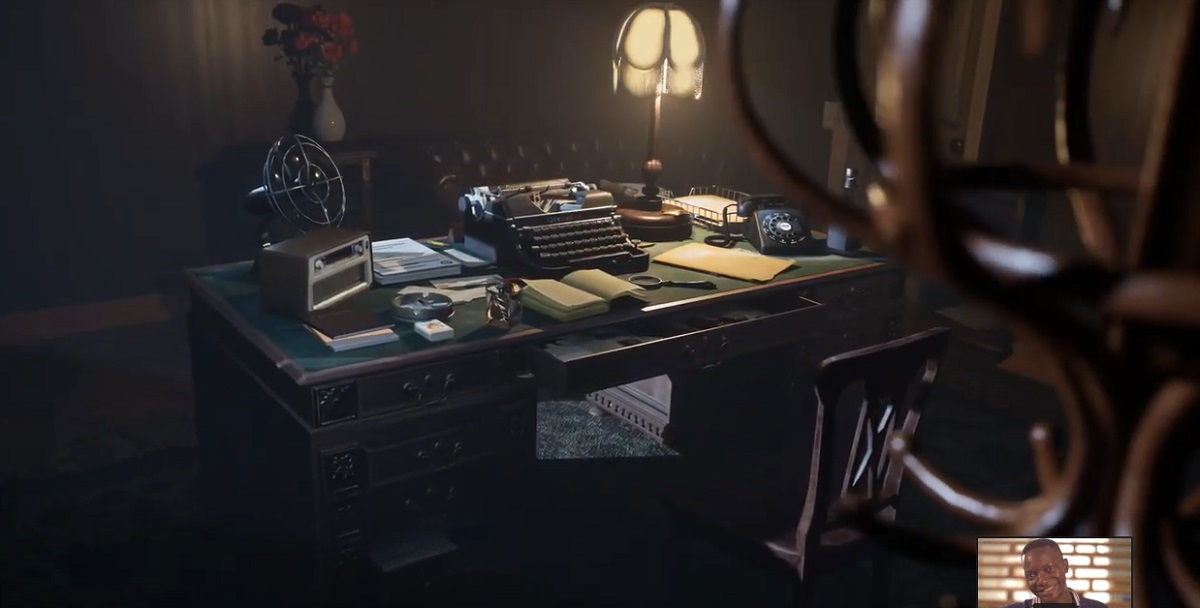Promethean AI enables people with no programming or digital art experience to create amazing game environments with voice commands.
If you doubt this, check out the video embedded in this post. The Ugandan animation students in it were neophytes at creating elaborate scenes for games. But Andrew Maximov, CEO of Promethean AI in Los Angeles, flew to Uganda’s capital city, Kampala, and gave a class. He had the students wear virtual reality headsets and use his software, which automatically generates art.

Unlock premium content and VIP community perks with GB M A X!
Join now to enjoy our free and premium membership perks.
![]()

![]()